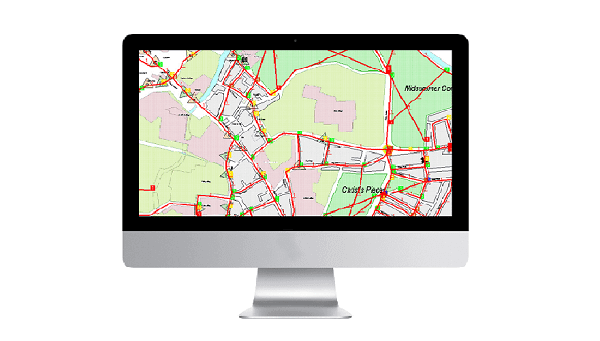- The importance of structure
- Format attributes are your best friends
- Analyze your geometry
- Set up a quality process
Many organizations face the challenge of integrating CAD data into a Geographical Information System (GIS). The conversion often proves to be difficult because CAD data is generally organized quite differently than GIS data. And because the CAD structure is not fixed, there are almost always errors and anomalies.
From an operational perspective, CAD data was designed to be presented and printed. GIS data, on the other hand, inherently has a clear and defined structure since it’s stored in a database. So basically, transitioning from one to the other is like taking something unstructured and putting it into a mould while trying to maintain the integrity of the data.
At Consortech, we’ve carried out this type of work several times using FME ETL tools. Experience taught us a few tips to reduce execution time and the number of errors that occur during the process. Here’s our advice!
1. THE IMPORTANCE OF STRUCTURE
Well-structured CAD data makes migration easier. We recommend cleaning your data as much as possible before transferring it to GIS formats. It may be helpful to scan CAD data using FME to get an idea of what you’re working with.
2. FORMAT ATTRIBUTES ARE YOUR BEST FRIENDS
Use format attributes like autocad_color or autocad_entity to sort and save information about your CAD data. You may even decide to keep certain attributes in GIS format for use once the conversion is complete.
3. ANALYZE YOUR GEOMETRY
Check whether geometric modifications must be made to the process. For example, certain CAD objects are sometimes represented by blocks or ellipses, while in a GIS they will need to be points. Associating the right geometry with the right entity class is crucial. This step is also important because it will eliminate invalid or corrupt geometry from your database.
4. SET UP A QUALITY PROCESS
To ensure no data is lost during the transfer, use an object and projected attribute counter to compare totals. Document the process in Excel to properly manage operational quality.
For support during the process, don’t hesitate to
